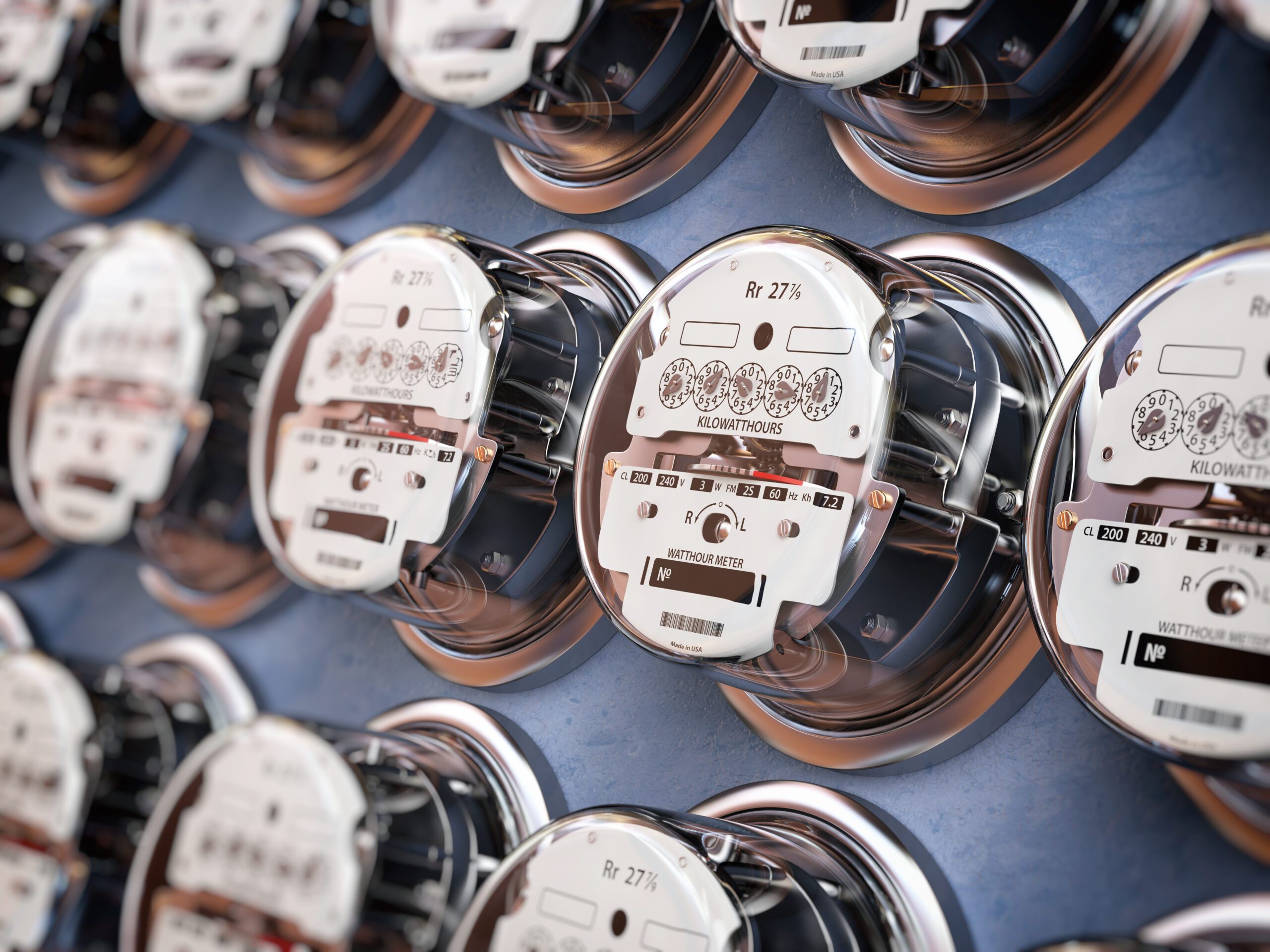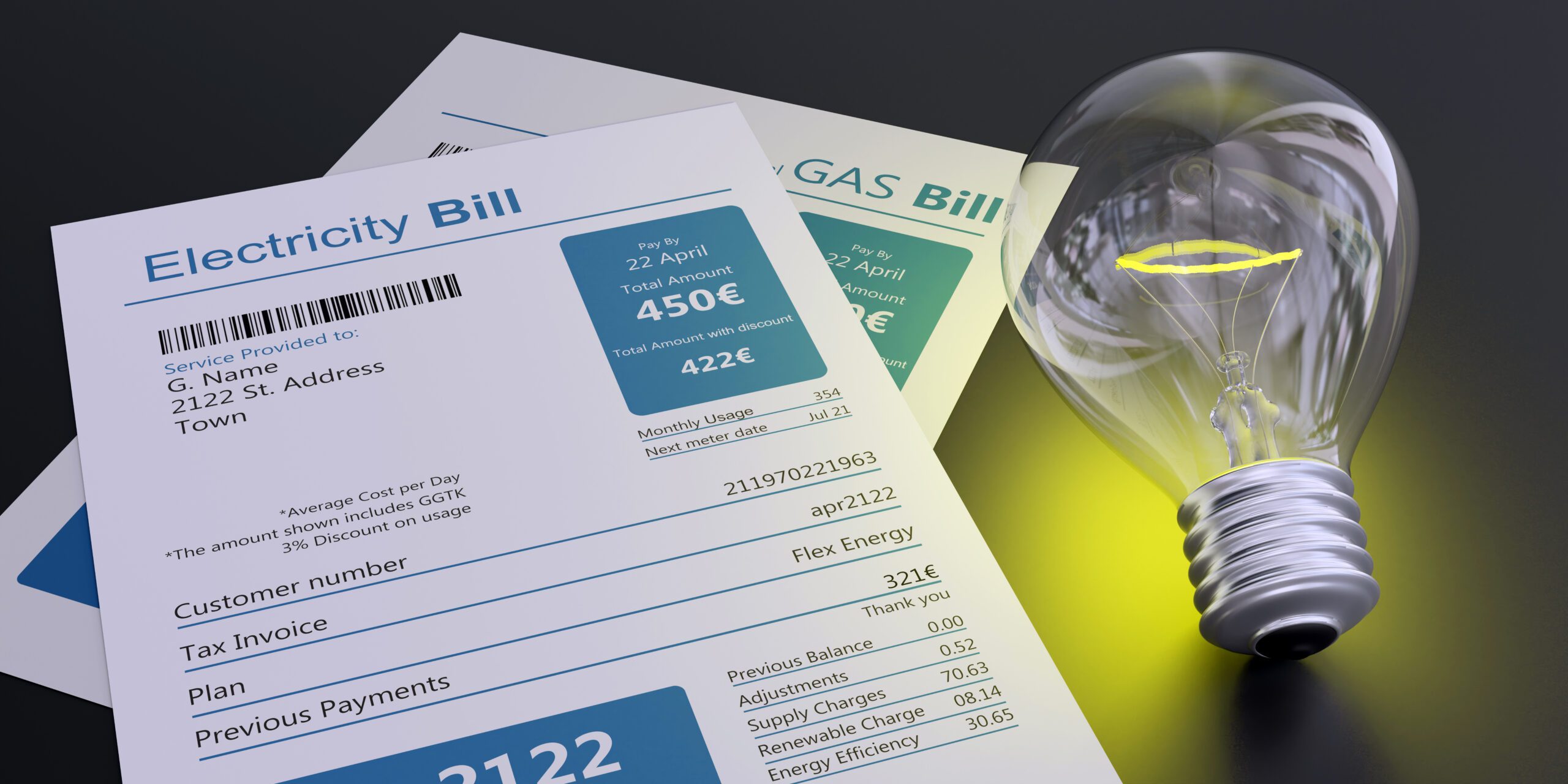As we continue to confront the urgent need for more sustainable and eco-friendly living, creating an energy-efficient home has become a priority for many homeowners. An energy-efficient home not only helps reduce our environmental impact but can also lead to significant cost savings on energy bills. With so many aspects to consider, from efficient lighting and insulation to smart appliances, planning and executing an energy-efficient home can seem overwhelming. That’s where Turner On Services comes in.
In this comprehensive guide, we will discuss the essential elements of an energy-efficient home and provide a step-by-step roadmap to help you accomplish your energy-saving goals. With Turner On Services and expertise, you can trust that your journey towards an energy-efficient home will be smooth, rewarding, and, ultimately, beneficial for both your wallet and the environment.
Step 1: Assess Your Home’s Energy Efficiency
Before making any changes, it’s crucial to assess your home’s current energy efficiency. A professional energy audit can help identify areas where energy is being wasted and provide recommendations for improvement. The U.S. Department of Energy offers a [guide](https://www.energy.gov/energysaver/home-energy-audits) on conducting a do-it-yourself energy audit or hiring a professional auditor. Turner On Services can also help evaluate your home’s electrical system and provide expert advice on optimizing energy usage.
Step 2: Upgrade Your Insulation and Seal Air Leaks
Improving your home’s insulation and sealing air leaks are essential steps towards energy efficiency. Proper insulation minimizes heat transfer, keeping your home warmer in the winter and cooler in the summer. The [U.S. Department of Energy](https://www.energy.gov/energysaver/weatherize/insulation) recommends different insulation levels depending on your home’s location and climate. Meanwhile, air leaks through gaps around windows, doors, and vents can waste energy by allowing conditioned air to escape. Sealing these leaks with weatherstripping, caulking, or spray foam can help maintain a comfortable indoor environment and reduce energy consumption.
Step 3: Install Energy-Efficient Windows
Windows are another significant source of energy loss in a home. Single-pane windows, or old double-pane windows, can allow substantial amounts of heat transfer. Upgrading to energy-efficient windows, such as those with the [ENERGY STAR](https://www.energystar.gov/products/windows_doors_skylights/windows) label, can help reduce energy loss, lower heating and cooling costs, and improve overall comfort. ENERGY STAR windows often feature low-emissivity (low-E) coatings, which reflect infrared and ultraviolet light, and insulated frames to minimize heat transfer.
Step 4: Opt for Energy-Efficient Lighting
Switching to energy-efficient lighting options, such as LED or CFL bulbs, can significantly reduce your electricity consumption. According to [Energy.gov](https://www.energy.gov/energysaver/save-electricity-and-fuel/lighting-choices-save-you-money), ENERGY STAR-certified LED bulbs use up to 75% less energy and can last 25 times longer than traditional incandescent bulbs. In addition to installing efficient bulbs, consider using dimmer switches, timers, or motion sensors to further optimize your home’s lighting energy usage. Turner On Services’ qualified technicians can expertly upgrade your lighting system, ensuring optimal energy efficiency and savings.
Step 5: Choose Energy-Efficient Appliances
When it comes to appliances, energy efficiency plays a significant role in your home’s overall energy usage. Look for ENERGY STAR-certified appliances, such as refrigerators, dishwashers, and washing machines, which meet strict efficiency guidelines set by the U.S. Environmental Protection Agency (EPA) and the Department of Energy. These appliances often utilize advanced technologies, consume less electricity, and provide long-term savings through reduced energy bills.
Step 6: Consider Smart and Programmable Thermostats
Heating and cooling account for a large portion of a home’s energy consumption. Installing a smart or programmable thermostat can help you better manage your HVAC system, resulting in increased energy efficiency and cost savings. These innovative devices allow you to schedule temperature changes throughout the day, reducing energy waste when your home is unoccupied or during sleeping hours. Some smart thermostats can even learn your patterns and preferences, optimizing your home’s climate control for maximum efficiency.
Step 7: Use Energy-Efficient Water Heating Solutions
Water heating can also contribute significantly to your home’s energy consumption. Switching to an energy-efficient water heater, tankless heater, or even solar water heating system can help reduce energy costs. Additionally, insulating your hot water pipes and lowering the water heater’s temperature setting can increase the efficiency of your water heating system. Regular maintenance and timely repairs of your water heater are also crucial in ensuring optimal efficiency.
Step 8: Explore Renewable Energy Options
Finally, to further enhance your home’s energy efficiency, consider investing in renewable energy solutions like solar panels or small wind turbines. Installing renewable energy systems can reduce your reliance on traditional energy sources and help you save on utility bills. Keep in mind that the effectiveness of renewable energy solutions will depend on your geographic location and local regulations.
In summary, creating an energy-efficient home involves a holistic approach that addresses various aspects like insulation, lighting, appliances, and heating systems. By following this step-by-step guide and relying on Turner On Services’ expertise, you can successfully transform your home into an eco-friendly, energy-saving haven, benefiting both the environment and your pocketbook.
Conclusion
In conclusion, creating an energy-efficient home involves addressing various factors, from insulation and windows to lighting, appliances, and heating systems. The substantial long-term benefits of energy efficiency include cost savings, increased comfort, and reduced environmental impact. By following our comprehensive step-by-step guide and partnering with Turner On Services, you can trust our skilled team to expertly assess and optimize your home’s energy usage, ensuring maximum efficiency and return on investment.
Embrace the potential energy savings and environmental benefits of an energy-efficient home. Contact Turner On Electric to access our team of Milford electricians, who are dedicated to helping you achieve an eco-friendly, cost-effective living space through expert advice and services tailored to your unique energy-efficiency goals.
Lorem ipsum dolor sit amet, consectetur adipiscing elit. Ut elit tellus, luctus nec ullamcorper mattis, pulvinar dapibus leo.











